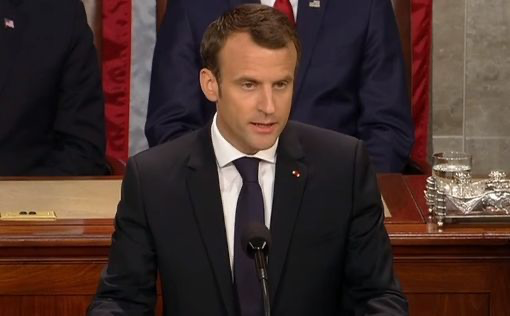This Christmas, Americans might find more than just coal in their stockings – they could face empty store shelves where festive garlands and glittering ornaments used to be. Due to steep new tariffs imposed by the Biden administration – originally introduced and now reinforced under Donald Trump’s trade policies – the supply chain for Christmas decorations, especially those made in China, is under serious pressure.
Nearly 90% of the Christmas decorations sold in the U.S., from plastic trees to ornaments, are manufactured in China. But many factories in key production hubs like Jinhua and Shaoxing say orders from U.S. retailers have slowed to a trickle. With tariffs on Chinese imports now soaring as high as 104%, American companies are hesitating to place their usual bulk holiday orders – and the impact could be felt by consumers nationwide.
Factories Go Silent in China
Chinese suppliers, who normally rely on spring and early summer orders to gear up for the Christmas season, are reporting severe drops in demand. For many, the timing couldn’t be worse. These months are typically when they ramp up production. Instead, workers are being sent home, and business owners are scrambling to redirect shipments to Europe, Southeast Asia, or Russia – markets that can’t match the volume or revenue of U.S. customers.
“It’s like someone pulled the plug,” one factory manager in Zhejiang province told local media. “This is when the Christmas machine usually starts humming. Right now, it’s silent.”
Americans Could See Price Hikes – or Bare Shelves
For shoppers in the U.S., the effect may be more noticeable than ever. With fewer products being shipped, many stores could see limited selections or delayed restocking this fall. Prices for the decorations that do make it to shelves could climb significantly as retailers pass along higher import costs to consumers.
The National Retail Federation has already warned of a potential 20% drop in import volume during the second half of 2025 – a trend driven heavily by tariff-related slowdowns. For families trying to stretch holiday budgets, higher prices on non-essentials like decorations could put a damper on seasonal cheer.
Trade War Fallout Hits the Holidays
While the White House argues that the tariffs are meant to level the playing field and protect U.S. industries, economists caution that they come at a cost. Not only do tariffs raise prices on everyday goods, they also add strain to international supply chains and increase tensions with global partners – especially when consumer-focused products like holiday decor get caught in the crossfire.
Some industry leaders have called on Washington to exclude festive and seasonal items from the tariff list, arguing they hold cultural value and have little bearing on trade competitiveness. So far, no exemptions have been announced.
The Bigger Picture
What’s unfolding now is a sharp reminder of how global politics can impact something as seemingly simple as trimming the tree. With fewer options on shelves and prices creeping up, Christmas 2025 may look a little different for American households.
Retailers are racing to find alternatives – including domestic suppliers and low-tariff regions — but whether those efforts will meet demand remains to be seen.
For now, Americans may want to hang on to last year’s ornaments – just in case.




